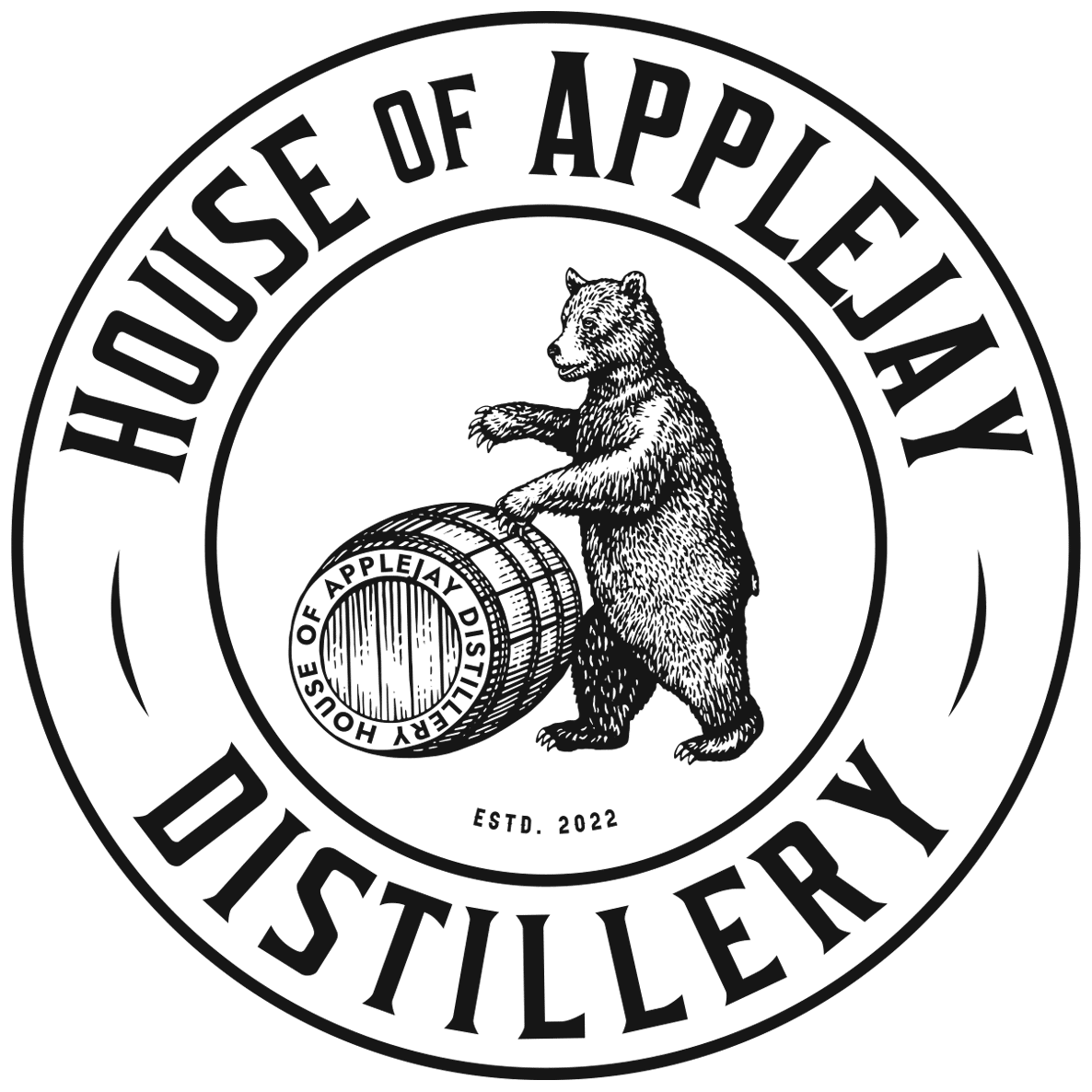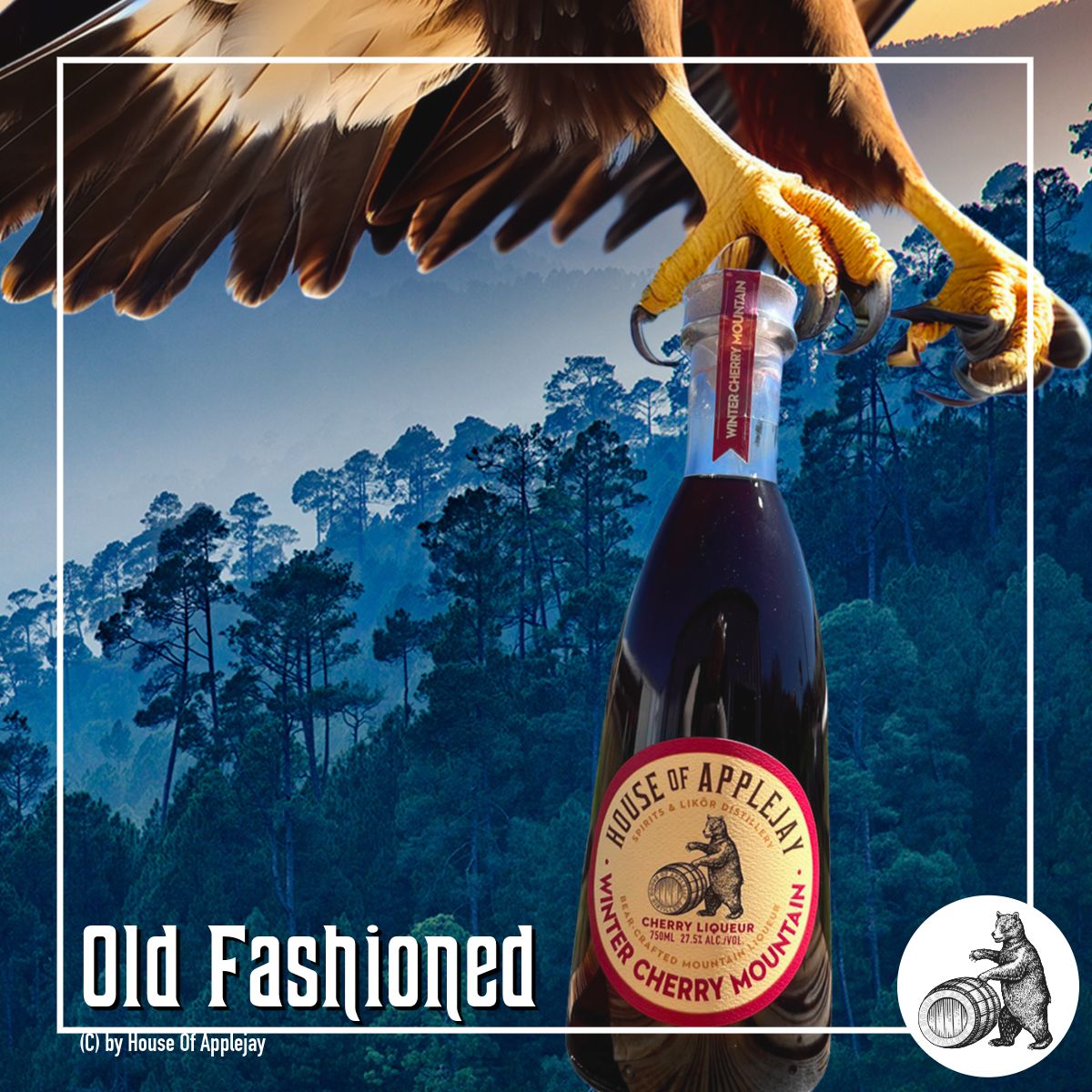Old Fashioned
The Origins and History of the Old Fashioned Cocktail
The Old Fashioned is a cornerstone of American mixology, embodying simplicity, balance, and tradition. As one of the oldest cocktails still widely enjoyed today, it connects us directly to the early 19th-century roots of bartending. Its enduring appeal lies in its straightforward recipe and adaptability, making it a favorite in bars and homes across generations.
The Origins of the Cocktail
The story of the Old Fashioned begins with the earliest recorded definition of a cocktail itself. In 1806, The Balance and Columbian Repository, a newspaper in Hudson, New York, described a cocktail as “a stimulating liquor, composed of spirits of any kind, sugar, water, and bitters—vulgarly called a bittered sling.” This simple combination of spirit, sugar, water, and bitters forms the essential blueprint of the Old Fashioned.
In the early 1800s, a cocktail prepared with whiskey, gin, or brandy closely followed this formula. However, as the 19th century progressed, bartenders began experimenting with embellishments—adding absinthe, or curaçao—leading to increasingly elaborate drinks. Some patrons, favoring the original, no-frills version, began requesting their drinks made in the “old-fashioned” style, and the name gradually stuck.
By the late 19th century, the Old Fashioned was recognized as a distinct cocktail. One of the earliest written references appears in George J. Kappeler’s 1895 Modern American Drinks, where he describes an “Old-Fashioned Whiskey Cocktail” prepared by dissolving a lump of sugar with a bit of water, adding bitters, whiskey, and lemon peel, served over ice with a bar spoon in the glass—a presentation remarkably close to how the cocktail is made today.
A widely told story attributes the Old Fashioned’s creation to the Pendennis Club, a private social club in Louisville, Kentucky, founded in 1881. According to the tale, a bartender at the club devised the drink for Colonel James E. Pepper, a well-known bourbon distiller, who then introduced it to New York’s Waldorf-Astoria Hotel bar. While no conclusive documentation proves this origin, Louisville has embraced the narrative, officially naming the Old Fashioned its city cocktail in 2015 and celebrating it annually during Old Fashioned Fortnight.
Throughout its history, the Old Fashioned has been associated with notable figures. President Harry S. Truman, a native of Missouri and an aficionado of bourbon, was known to enjoy Old Fashioneds. His biographer notes that Truman’s daily routine often included a brisk walk, a hearty breakfast, and on occasion, a morning Old Fashioned made with Missouri bourbon.
Old Fashioned Modern Revival
In modern times, the Old Fashioned gained renewed popularity thanks to its prominent role in the television series Mad Men (2007–2015). The show’s protagonist, Don Draper, frequently ordered the cocktail, reintroducing it to a new generation and contributing to a broader craft cocktail revival. As the show captured audiences, bartenders across the country reported a surge in demand for Old Fashioneds, helping to solidify its place once again in the mainstream.
The traditional Old Fashioned is a model of restraint and balance. A sugar cube is muddled with a few dashes of Angostura bitters and a splash of water in a rocks glass. Ice—now often a single large cube to minimize dilution—is added, followed by a pour of bourbon or rye whiskey. An orange or lemon peel is expressed over the glass, adding aromatic oils to the drink before being used as a garnish. Some modern bartenders substitute simple syrup for the sugar cube to ensure a faster blend.
Regional variations have also evolved. In Wisconsin and the Upper Midwest, the Brandy Old Fashioned has become a tradition in its own right. Popularized in the mid-20th century, this version replaces whiskey with brandy, often muddles an orange slice and maraschino cherry, and is typically topped with a splash of soda—sweet, or sour. This regional preference reflects the tastes of German immigrants who brought a love for brandy to the region.
The Old Fashioned was not immune to historical upheavals. During Prohibition (1920–1933), the poor quality of bootlegged spirits led bartenders to use fruit and sugar liberally to mask harsh flavors. This practice of muddling fruit with sugar persisted well into the post-Prohibition era, particularly in home bars. After World War II, lighter drinks such as highballs and martinis rose in popularity, and the Old Fashioned faded somewhat from the spotlight, though it never disappeared entirely.
Timeless Appeal
The early 21st century saw a significant revival of the Old Fashioned, driven by the craft cocktail movement and a renewed appreciation for pre-Prohibition recipes. Pioneers of the movement sought to strip the cocktail back to its original form, highlighting quality spirits and minimal adornment. Today, the Old Fashioned is a global standard, respected both for its historical pedigree and its straightforward, elegant character.
Its lasting appeal lies in its simplicity: a quality spirit, a touch of sweetness, the complexity of bitters, and the aromatic brightness of citrus decoration. House of Applejay reimagines the Old Fashioned with a modern twist that elevates this classic to new heights. The Mountain Old Fashioned blends 3 parts bourbon or whiskey, forming a solid, oak-aged foundation. Instead of a sugar cube or simple syrup, 1 part Winter Cherry Mountain Liqueur adds a tart cherry warmth that enhances the spirit’s depth and complexity. A few dashes of orange bitters round it out, while a large ice cube offer a refined finish. This modern twist on a classic balances tradition and innovation effortlessly.
The Distilling Culture
BLOG
Embark on a global journey, and you’ll find that cultures possess tales that harken back to their ancient beginnings of distillation, brewing, and winemaking.
info@houseofapplejay.com
67 Fowler St, Bldg B, East Ellijay, GA 30540

